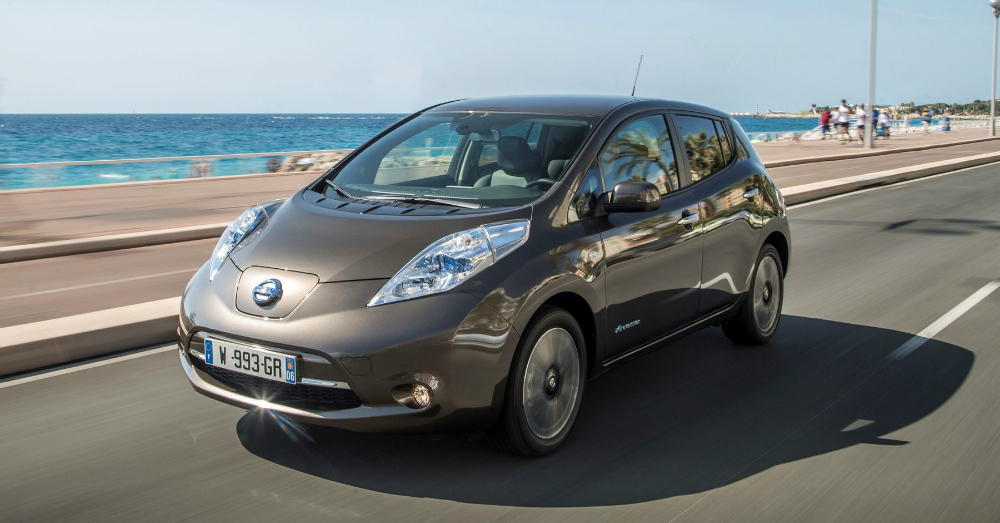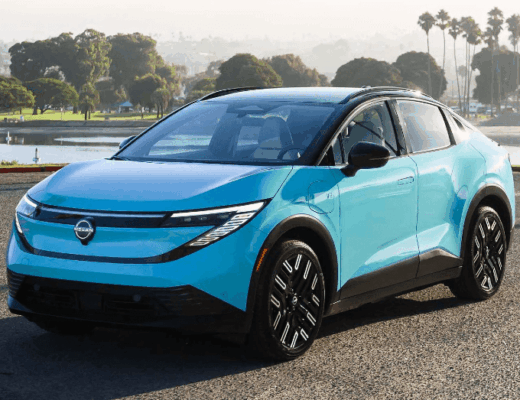The partnership between Renault and Nissan continues to be one that benefits both companies and the announcement has been made that has informed us they plan to offer more autonomous technology in ten vehicles between now and 2020. These vehicles will be offered in the United States, Europe, Japan and China. This signifies a serious growth in technology for the brand and model lineup of this this partnership. We already see some of their goals being realized in the fact that there is a zero emissions vehicle on the market in the form of the Nissan LEAF.
The other goal of the Renault-Nissan Alliance is to have zero fatalities to go along with their zero emissions vehicles. So far they have been successful with their lineup of vehicles that are more safety focused. For the Nissan vehicles in Japan the decline in injuries has translated to a 61 percent drop while the decline for the Renault vehicles in France has been 80 percent. These declines in injuries are over the past fifteen to twenty years, but you can see how significant this can be when the drop in injuries is so significant on the market.
Because their safety numbers and lower emissions vehicles have proven to be effective the Alliance is now focused on heavily induced autonomous driving vehicles. In 2016 we will see some that have single lane control which keeps the vehicle driving autonomously on the highways and in heavy traffic while staying in one lane. By 2018 the goal is to have this control improved to offer multiple lane control to make it so your vehicle will be able to make lane changes and work its way around hazards that you could find on the road. This won’t make it so you can sit in the back and not take control of the car, but it certainly is a step forward.
Why does Renault-Nissan want to develop this technology so much? The reality is a car and its technology is expected to react better and keep you safer on the road than when you are driving. The limitations of this technology right now makes it so you can only have the car drive itself for short periods of time in specific situations, but this break from driving can make a huge difference. Because the offering for this year will be a single lane control you can still get a break from the driving in stop and go gridlocked traffic to keep you fresher when it’s your time to drive.
By 2020 the goal for the Alliance is to have intersection autonomy in the vehicles which will allow them to handle the traffic intersections of the world. Will this actually become a reality? We won’t know until it happens, but this Alliance seems pretty confident they can reach this four year goal and fill at least ten models across three continents in order to have an advanced self-driving ability for some of the most affordable models on the market. The future of driving may be here much sooner than we anticipated.
This post may contain affiliate links. Meaning a commission is given should you decide to make a purchase through these links, at no cost to you. All products shown are researched and tested to give an accurate review for you.




